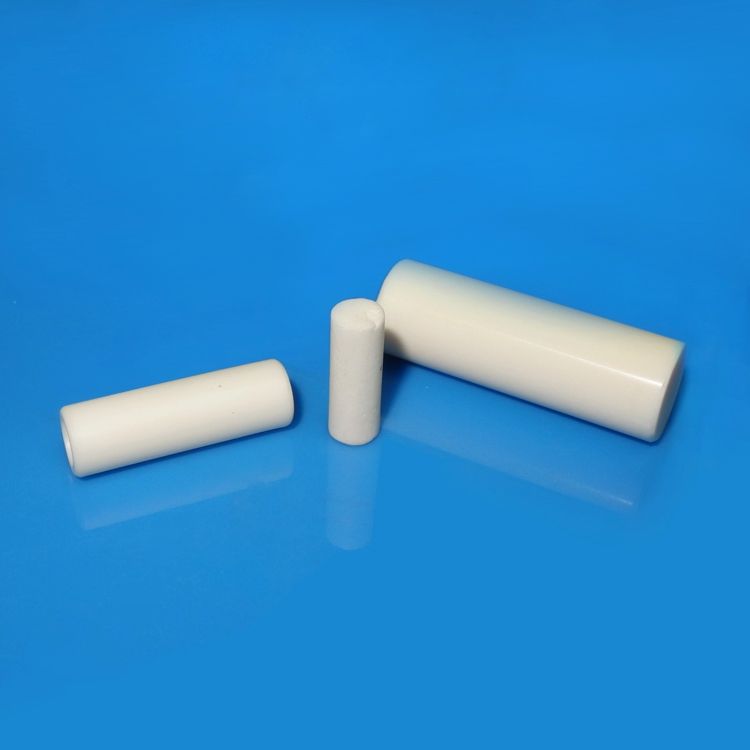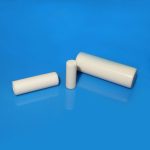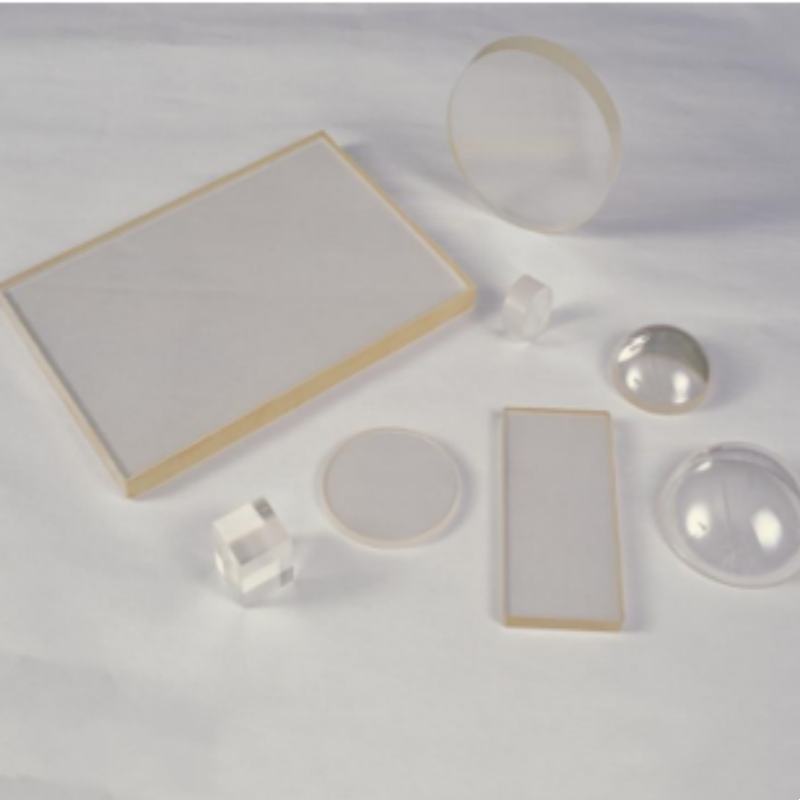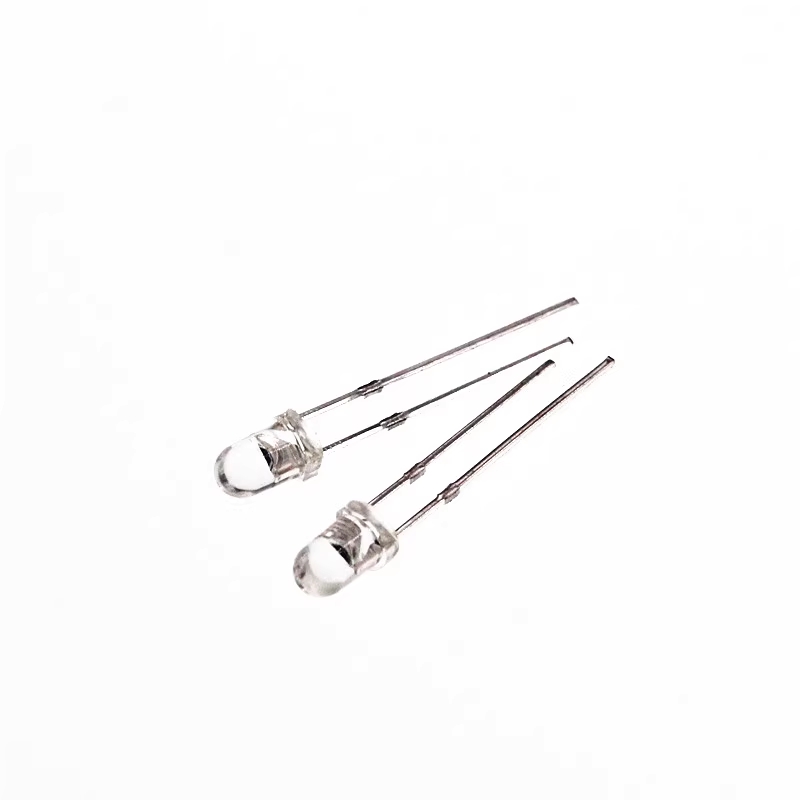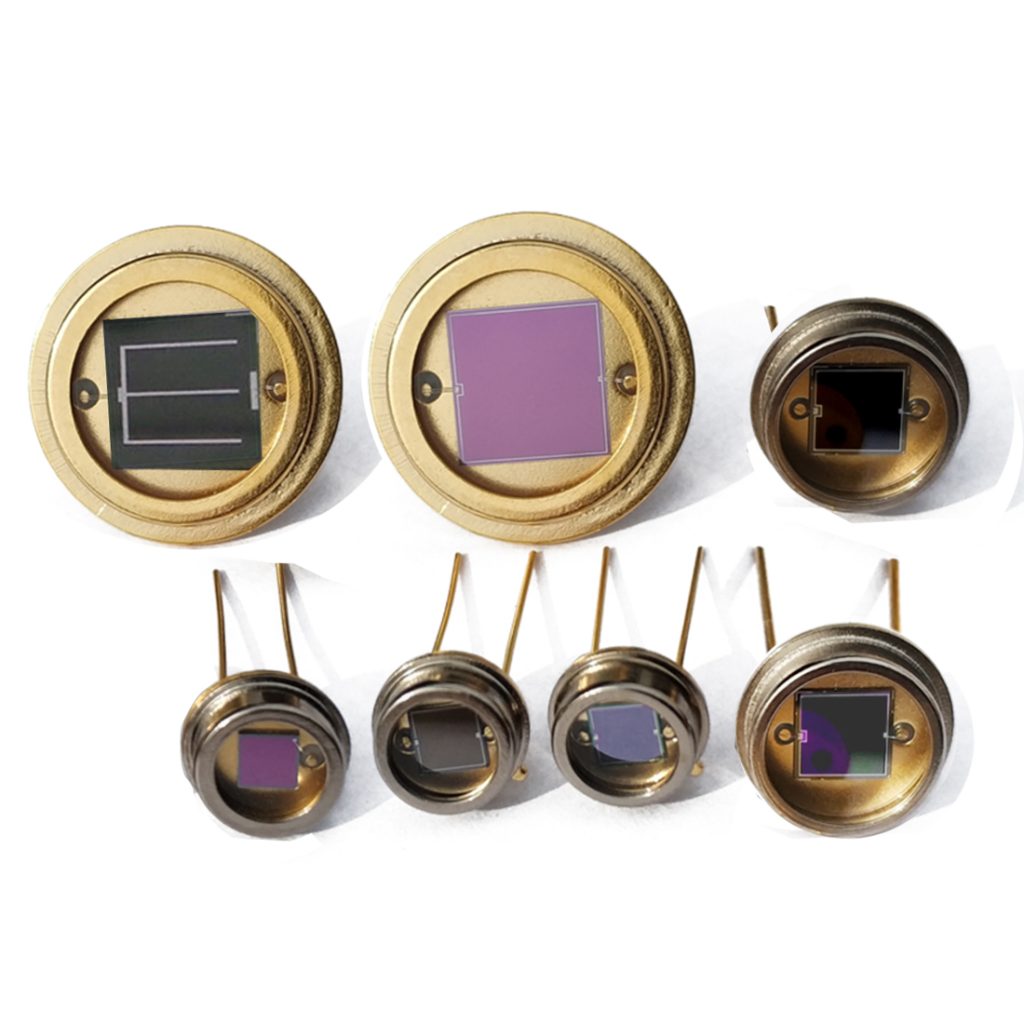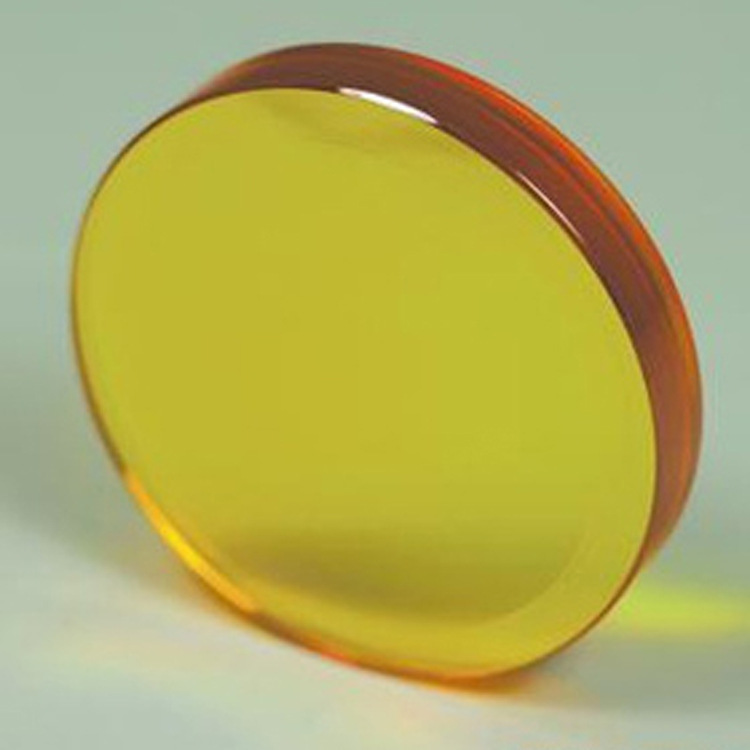Aluminum oxide (Al₂O₃) ceramic rods offer exceptional hardness, optimized thermal resistance, and superior mechanical durability. Designed for industrial applications, they ensure reliable performance, extended lifespan, and high-precision functionality.
Product Overview:
Aluminum oxide (Al₂O₃) ceramic rod is a ceramic material known for its high mechanical strength and excellent electrical insulation properties. It is widely used in applications requiring high resistance to heat, corrosion, and electrical insulation. With a melting point of up to 2050°C, it is highly resistant to corrosion from various metals and chemicals and is commonly used in the production of refractory materials, circuit boards, and high-temperature protective components.
Product Features:
- High Mechanical Strength:Can withstand significant external forces.
- High Resistivity:Room temperature resistivity of 10¹⁵ Ω·cm, offering excellent insulation performance.
- High Melting Point:Withstands extreme temperatures up to 2050°C.
- Corrosion Resistance:Resists corrosion from various metals and chemicals, such as NaOH, glass, and slag.
- Non-Reactive in Inert Atmospheres:Does not react with substances like Si, P, Sb, Bi in inert atmospheres.
Applications:
- Refractory Materials:Widely used in high-temperature furnace tubes, glass drawing crucibles, etc.
- Electronics and Electrical:Can be used for insulating components like circuit housings, substrates, tube holders, and spark plugs.
- Chemical Industry:Used to make corrosion-resistant high-temperature protective devices and thermocouple protection tubes.
- Mechanical Manufacturing:Suitable for manufacturing high-temperature and corrosion-resistant mechanical parts.
| Property | Unit | ≥95 | ≥99 | ≥99.5 | ≥99.8 |
| Bulk Density | g/cm³ | 3.7 | 3.8-3.85 | 3.85 | 3.85 |
| Hardness | MPa≥ | 86 | 88 | 88 | 88 |
| Bending Strength | HRA≥ | 300 | 350 | 400 | 400 |
| Max Service Temp | ℃ | 1500 | 1500 | 1500 | 1500 |
| Linear Expansion Coefficient | ×10⁻⁶/℃ | 7.5 | 8.2 | 8.2 | 8.2 |
| Dielectric Constant | tr (20℃, 1MHz) | 9 | 9.2 | 9.2 | 9.2 |
| Dielectric Loss | tanδ×10⁻⁴, 1MHz | 3 | 2 | 2 | 2 |
| Volume Resistivity | cm (20℃) | 10¹³ | 10¹⁴ | 10¹⁴ | 10¹⁴ |
| Breakdown Strength | kV/mm, DC≥ | 20 | 20 | 20 | 20 |
| Acid Resistance | mg/cm²≤ | 0.7 | 0.7 | 0.7 | 0.7 |
| Alkali Resistance | mg/cm²≤ | 0.2 | 0.1 | 0.1 | 0.1 |
| Wear Resistance | g/cm²≤ | 0.2 | 0.1 | 0.1 | 0.1 |
| Compressive Strength | MPa≥ | 2500 | 2500 | 2500 | 2800 |
| Flexural Strength | MPa≥ | 200 | 350 | 350 | 350 |
| Elastic Modulus | GPa | 300 | 350 | 350 | 350 |
| Poisson's Ratio | Lateral Strain Coefficient | 0.2 | 0.22 | 0.22 | 0.22 |
| Thermal Conductivity | W/m·K (20℃) | 20 | 25 | 25 | 25 |
 new material
new material

